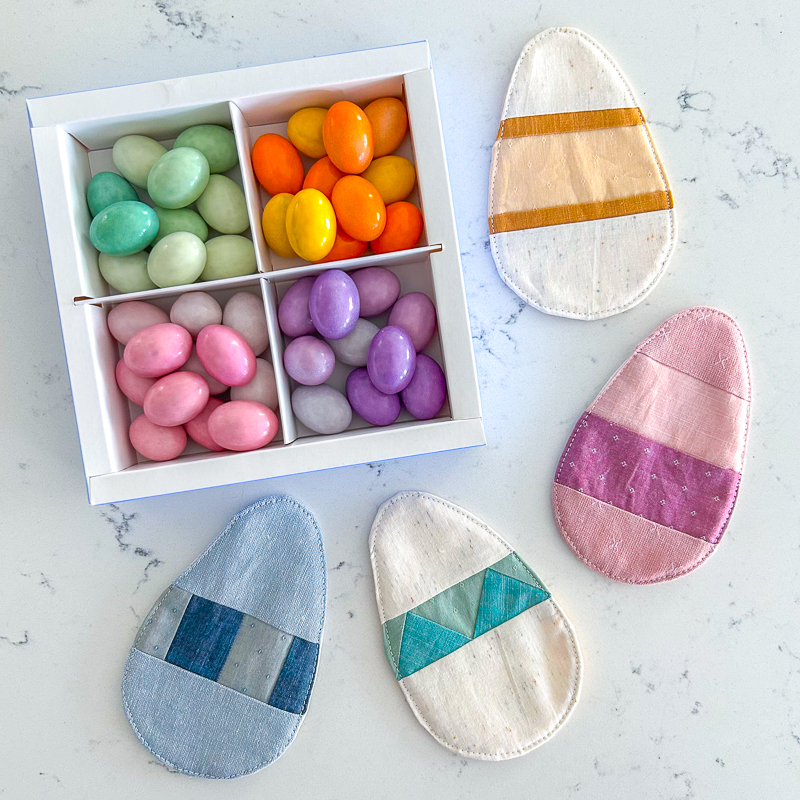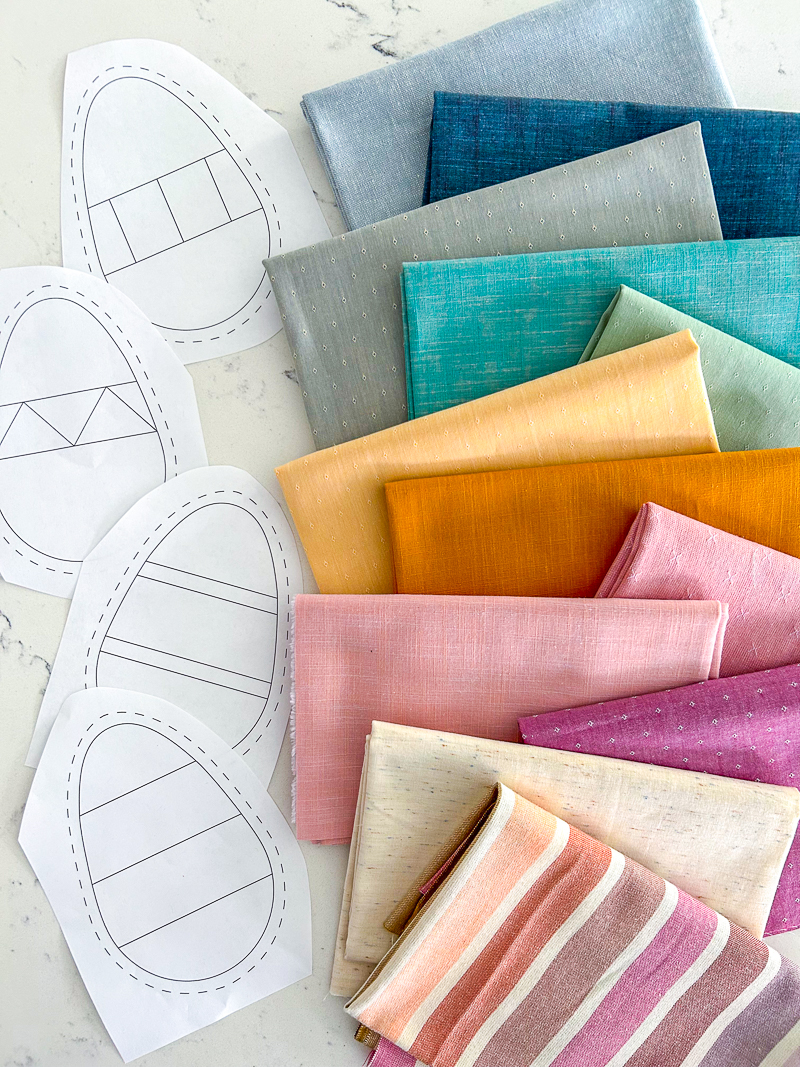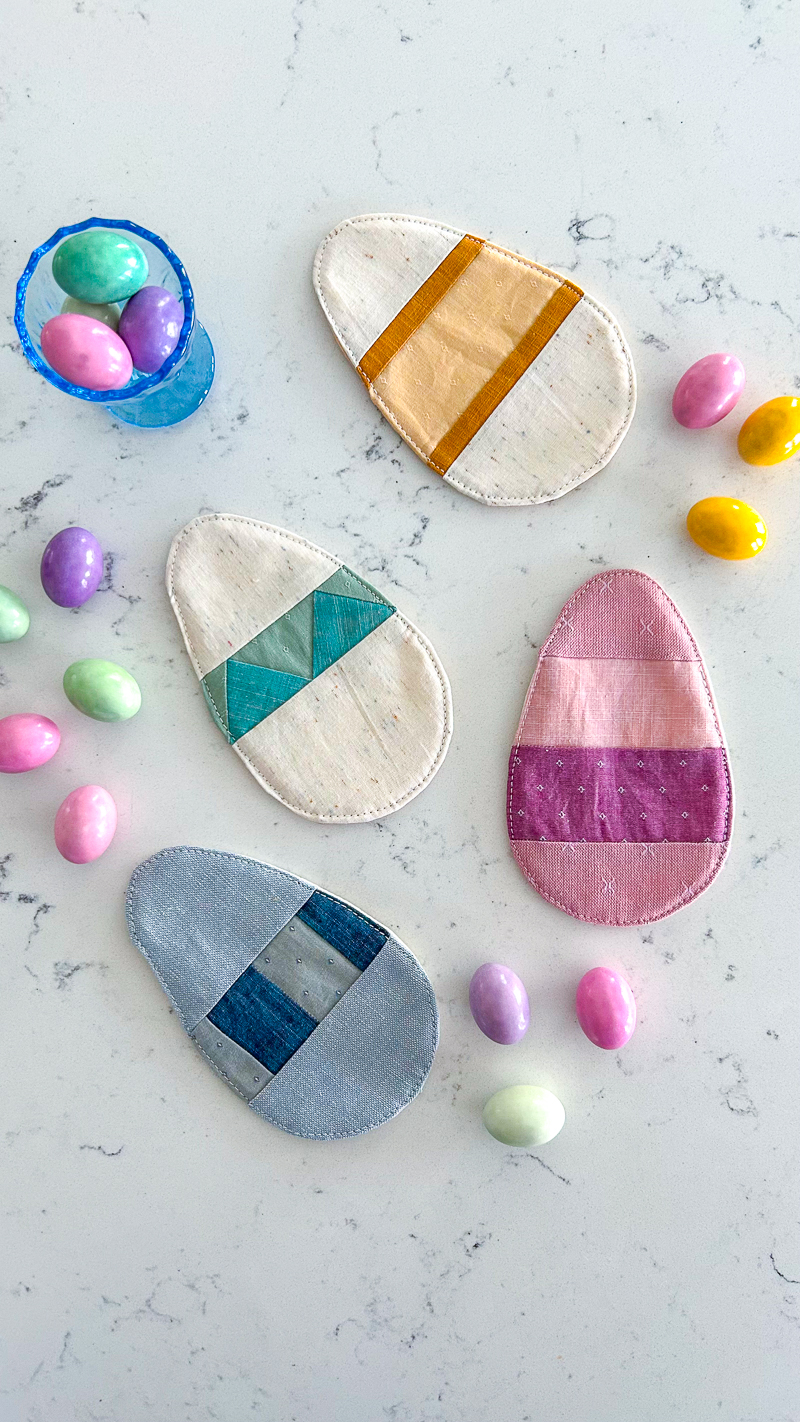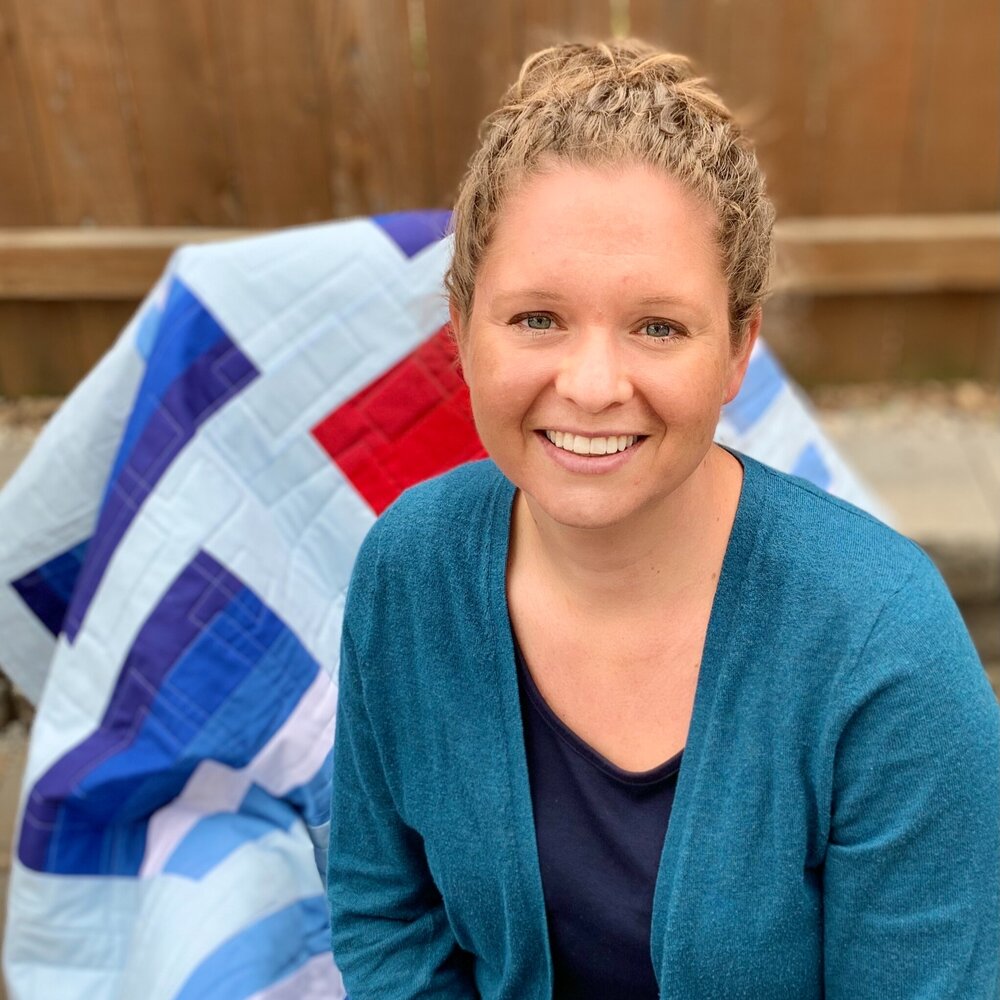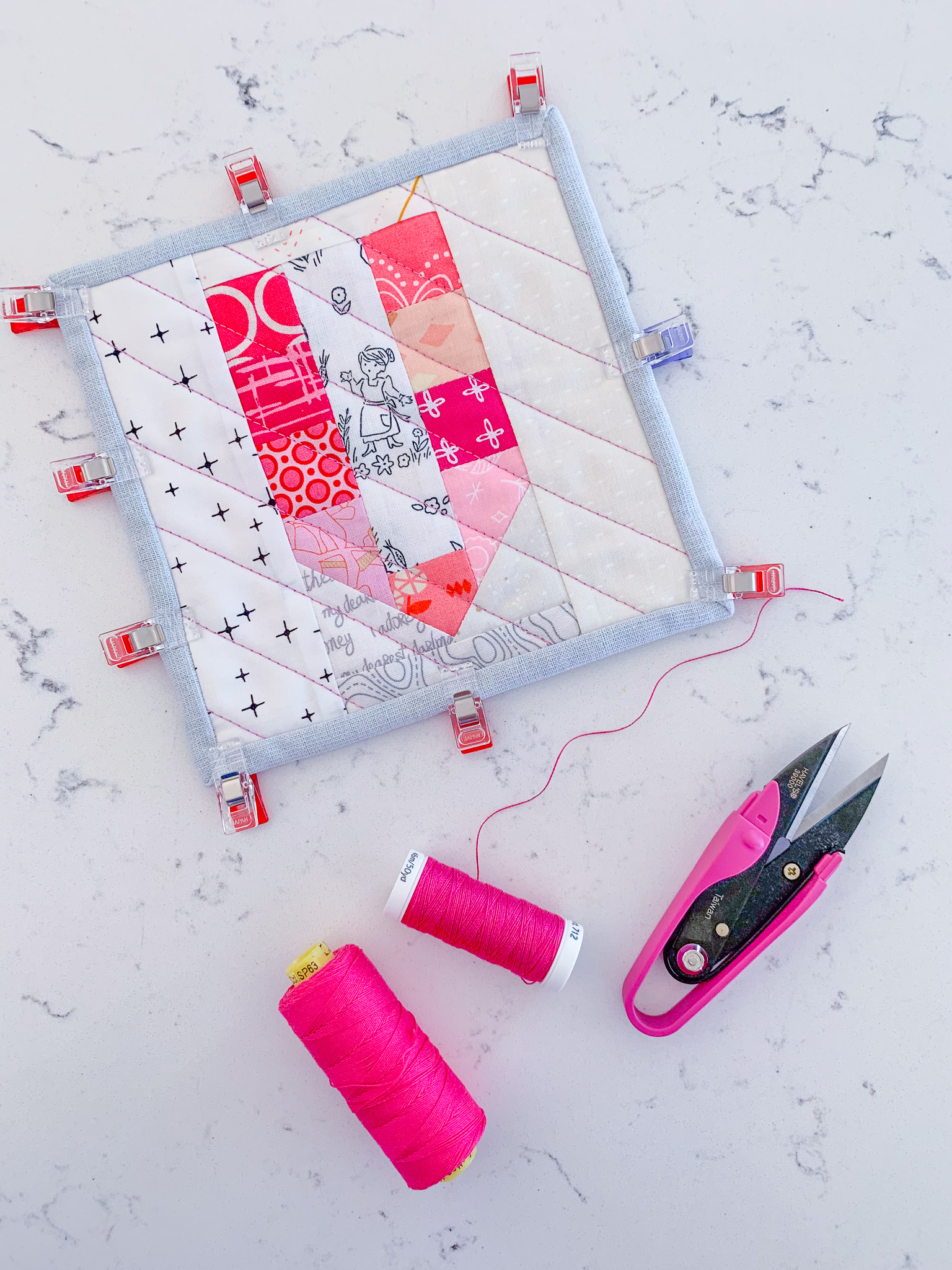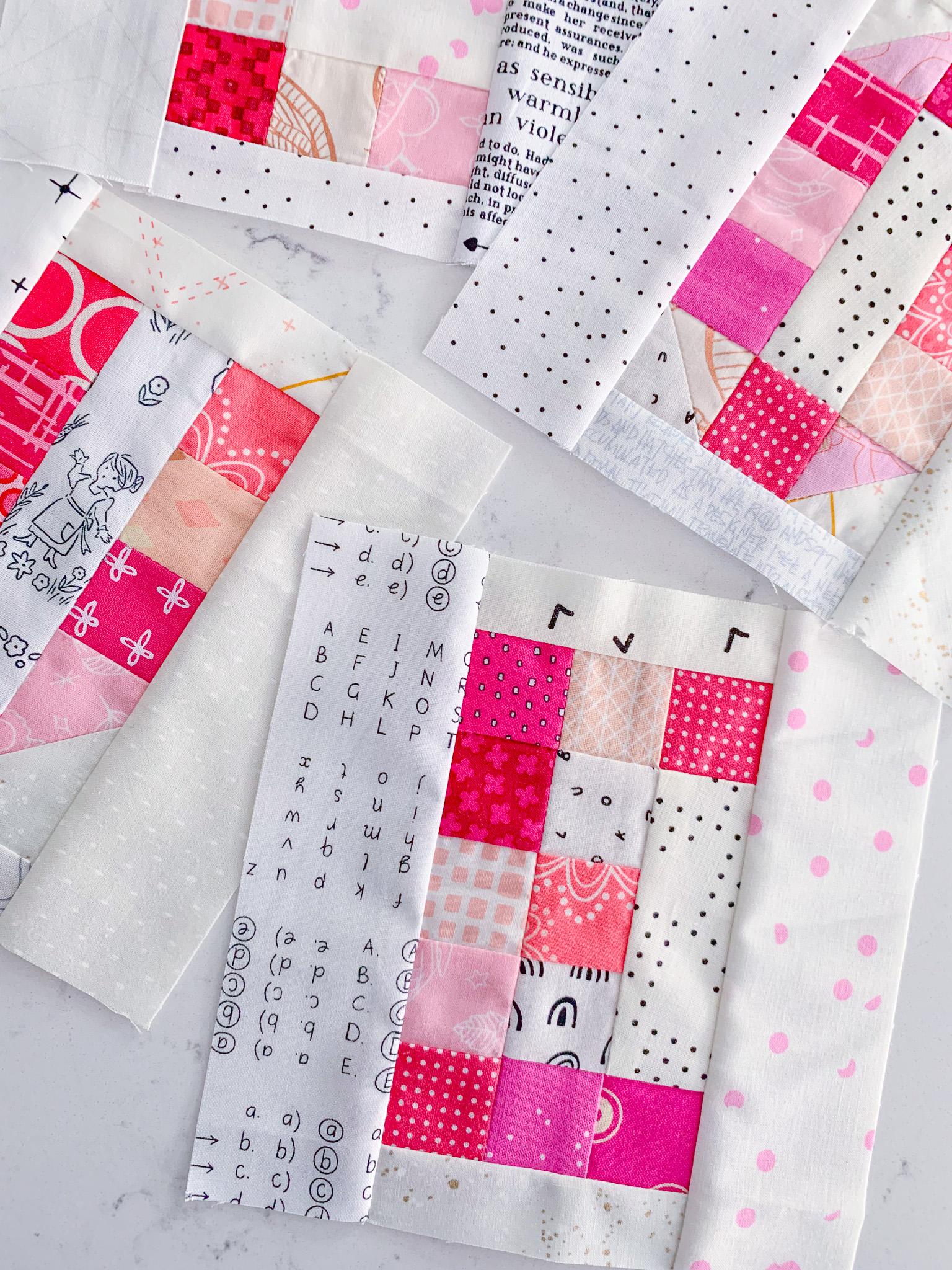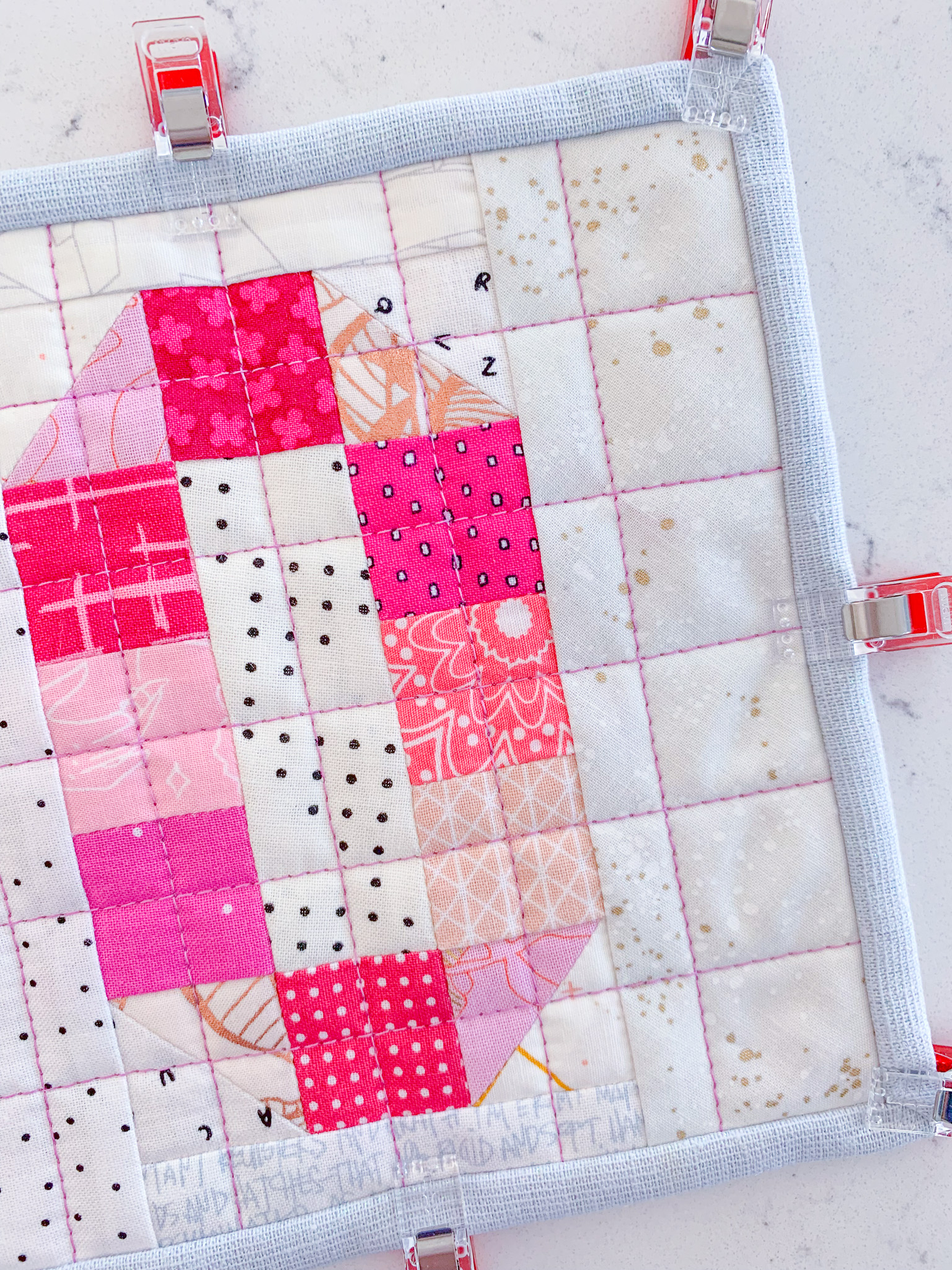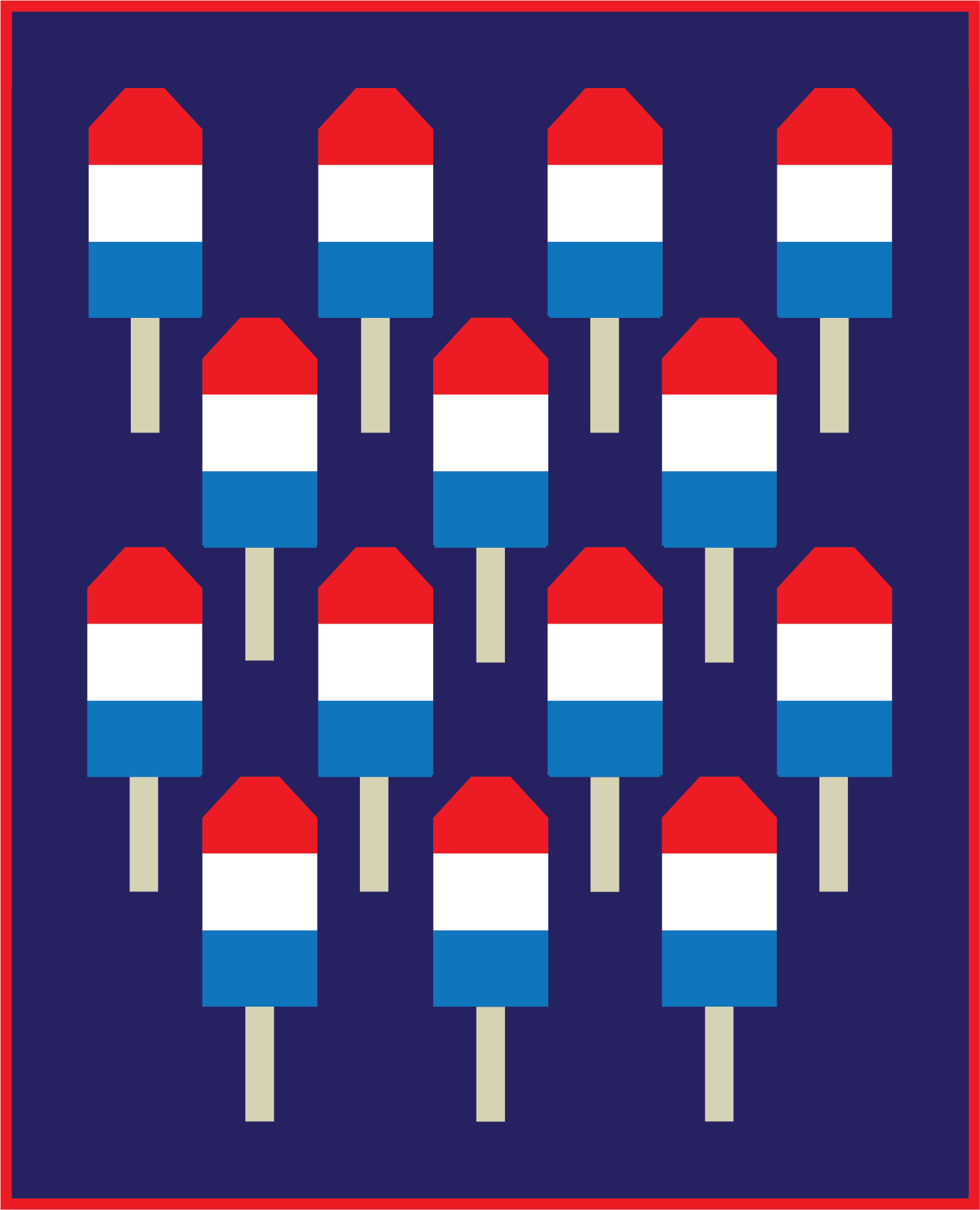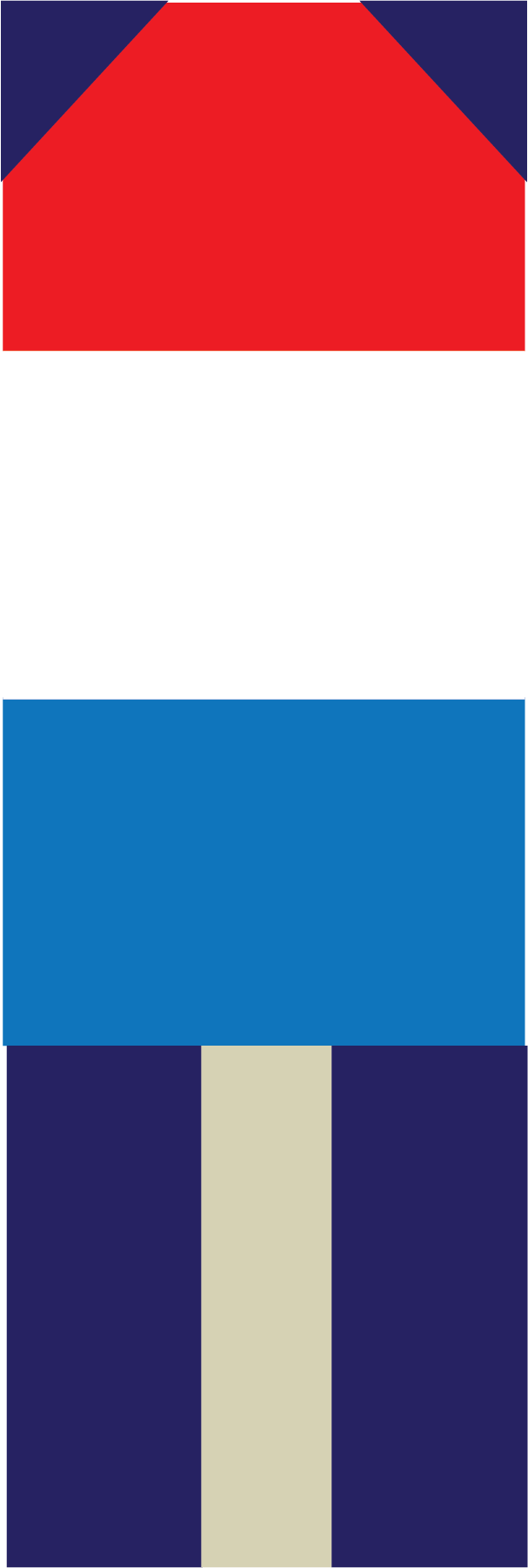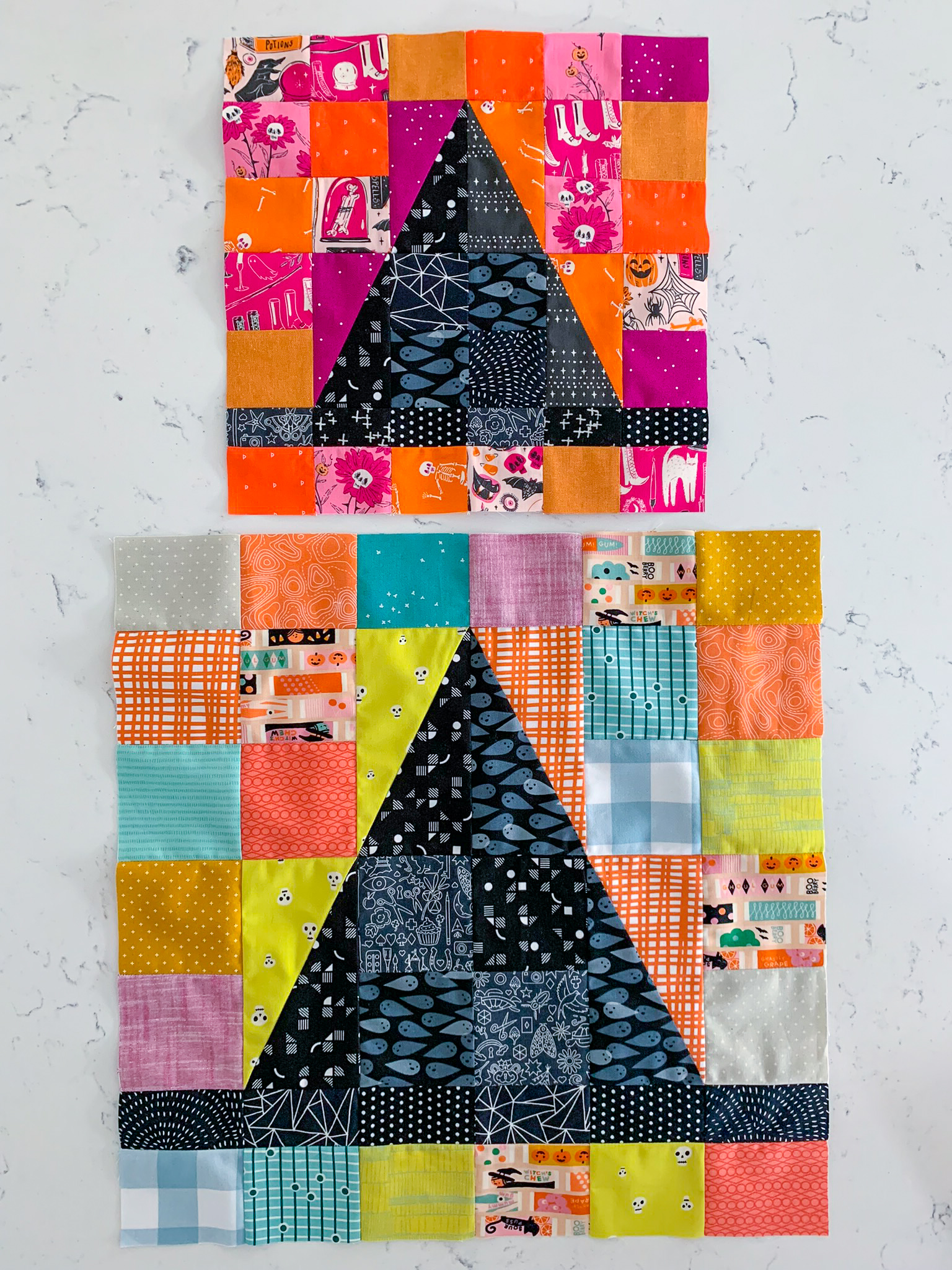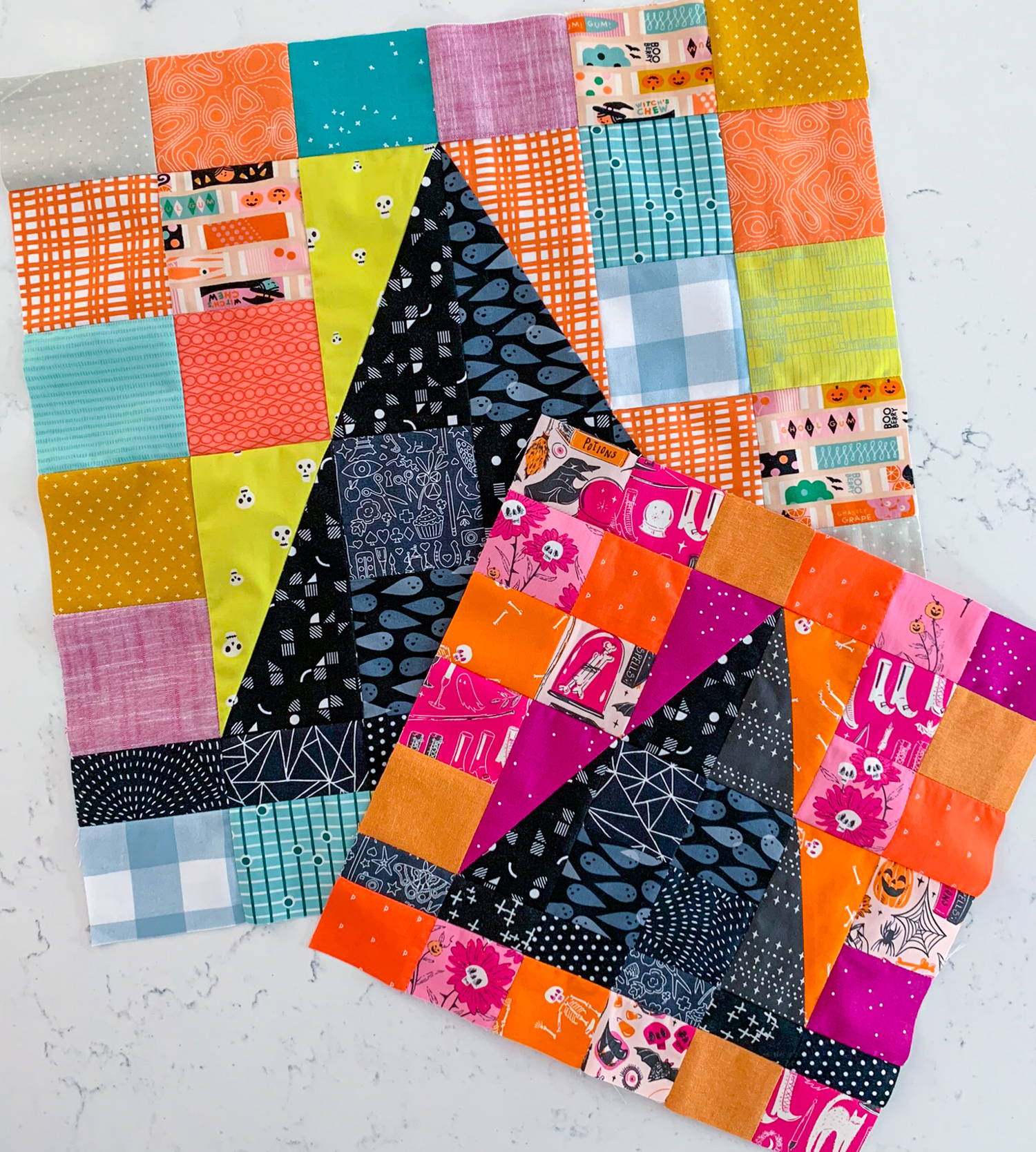By Stephanie Kendron of Modern Sewciety
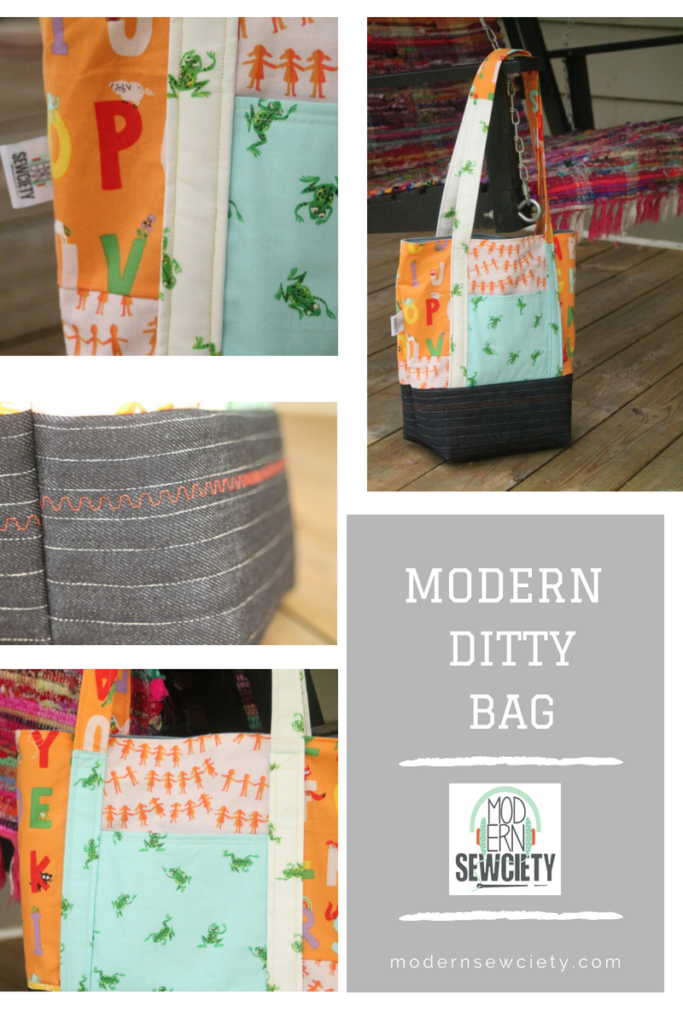
I started making the Modern Ditty Bag last year for a back to school post for Janome. I would see the teachers at my girl’s school carrying around a bag that held essentials when they weren’t in the classroom but the bag was not pretty and this maker couldn’t handle that. I always like to give teachers something useful for their classrooms and so the Modern Ditty Bag was born. It is a simple bag with an outside pocket to hold their walkie talkie that they need to be able to grab quickly. I don’t put pockets on the inside, although you could, but I find sometimes clipboards and such get hung up on the inside pockets. I like to have fun with the fabrics and usually make scrappy versions of the bag but you could use one fabric or a couple for a completely different look.
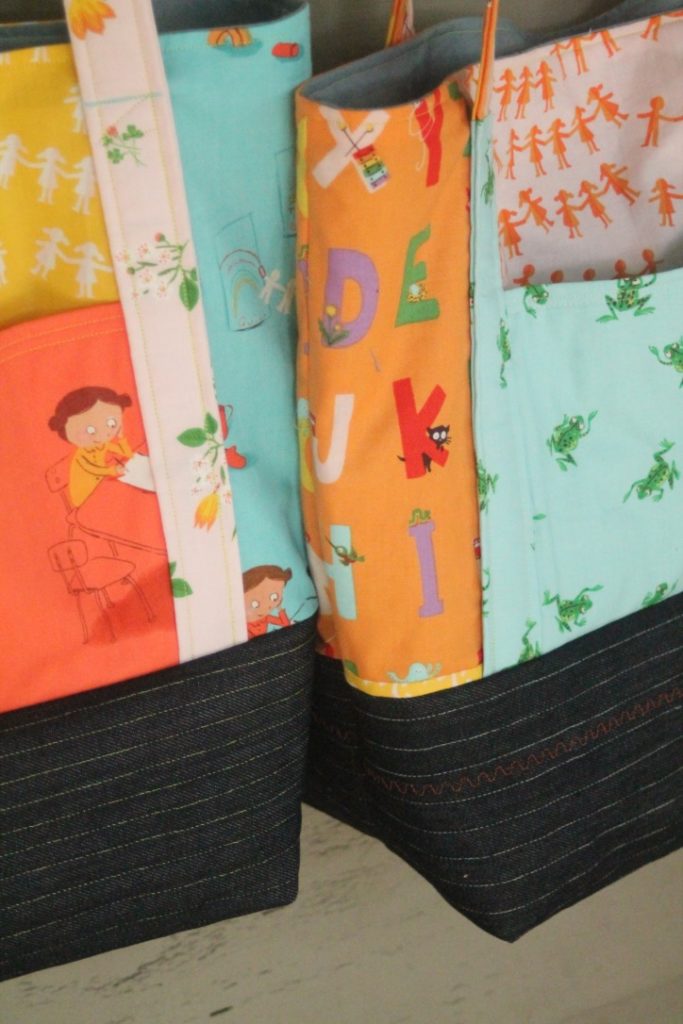
I used several fat quarters from Heather Ross’ Kinder fabric line and tried to use some contrasting colors to make it fun. The hands are pretty long so I used several prints but you could also use a fat quarter to keep them simple. I had to get a little peek of that cute fox on the strap! That is the fun thing about this fabric line there are so many hidden creatures you discover when you are using it on a project. I love those little details that I think Heather does so well. The denim on the bottom is from my fabric stash.
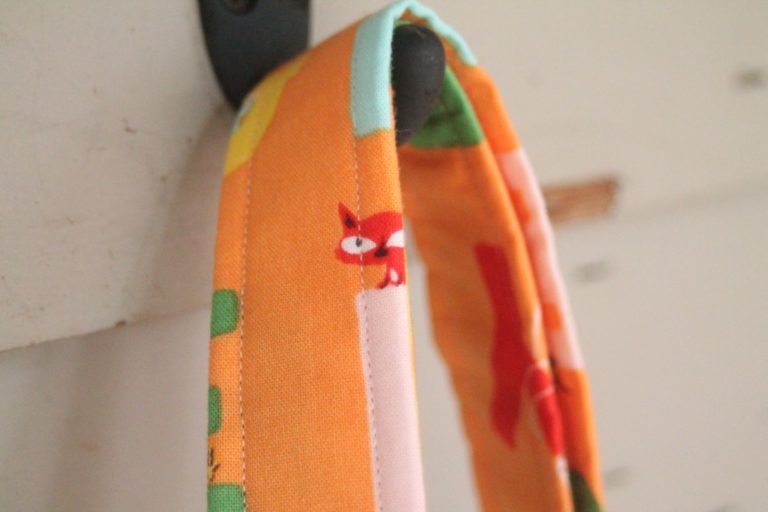
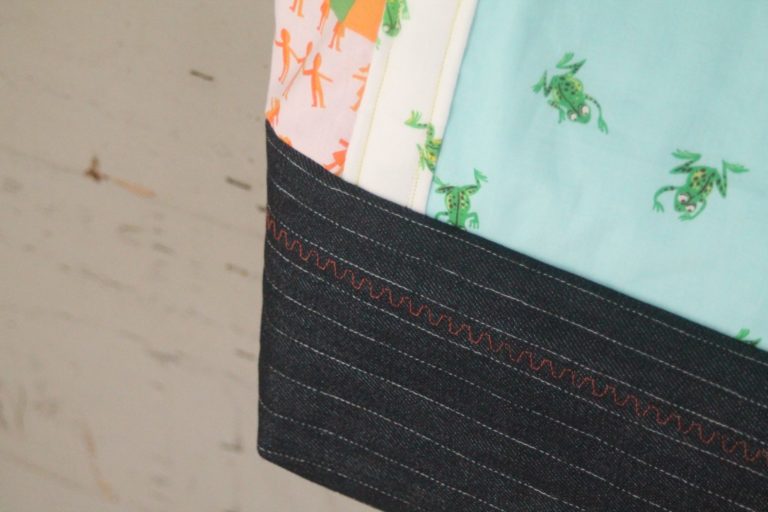
I used Sulky’s Cotton+Steel 50 wt thread on the entire bag for piecing, quilting, and topstitching. I love Cotton+Steel threads and if you ever listen to the podcast you know I have always loved neutral thread colors until I discovered this line. I love that the colors go so well with modern fabrics. I used Bright White, Neon Yellow and Light Red for this bag and I love how well it matches the Kinder fabrics. I am learning all of the cool features on my new Janome Skyline S9 so I did some decorative stitching on the bottom on the bag. I know I know the Skyline S9 can embroider but I am not quite ready to show you my beginning skills just yet. Soon I promise.
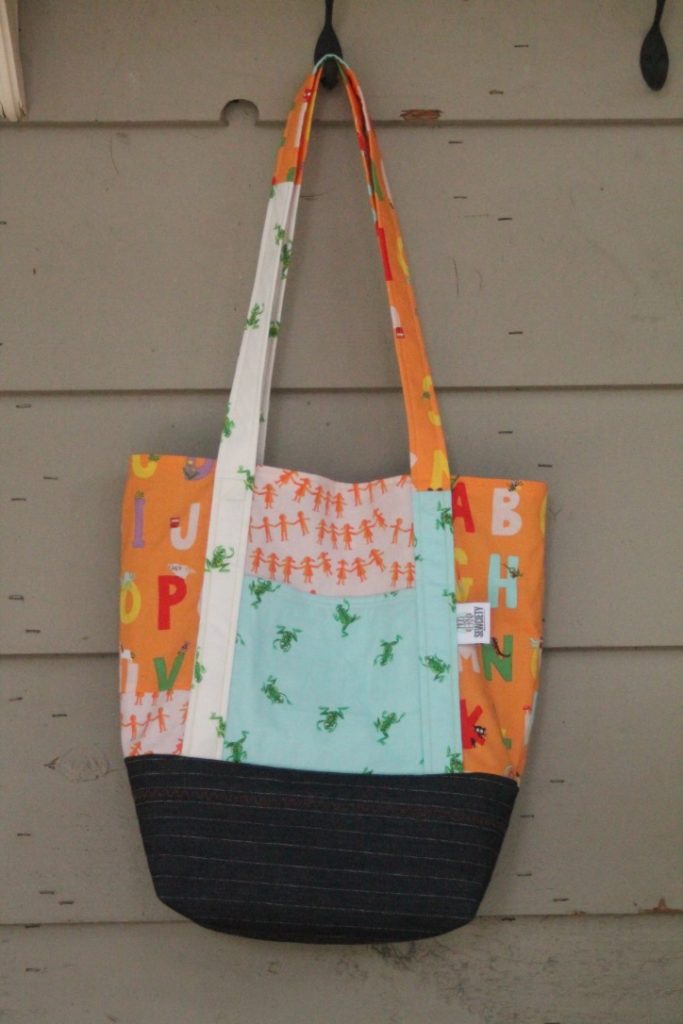
One of the important things about bag making is using stabilizers to give it some strength and help it stand up when you set it down. I like to use a combination of Hobb’s cotton batting and Sulky’s Soft n’ Sheer Extra, an iron-on, cut-away, permanent stabilizer. For the bottom of the bag I used a denim and quilted it with Hobbs cotton batting then ironed on the Soft n’ Sheer Extra. I don’t like to quilt too much on the Soft n’ Sheer so that is why I quilted with the batting first then ironed on the stabilizer. I also used the stabilizer on the straps, the panels (after they were sewn together), and pocket. I love the Soft n’ Sheer because it gives the bag some stability but doesn’t make it too stiff.
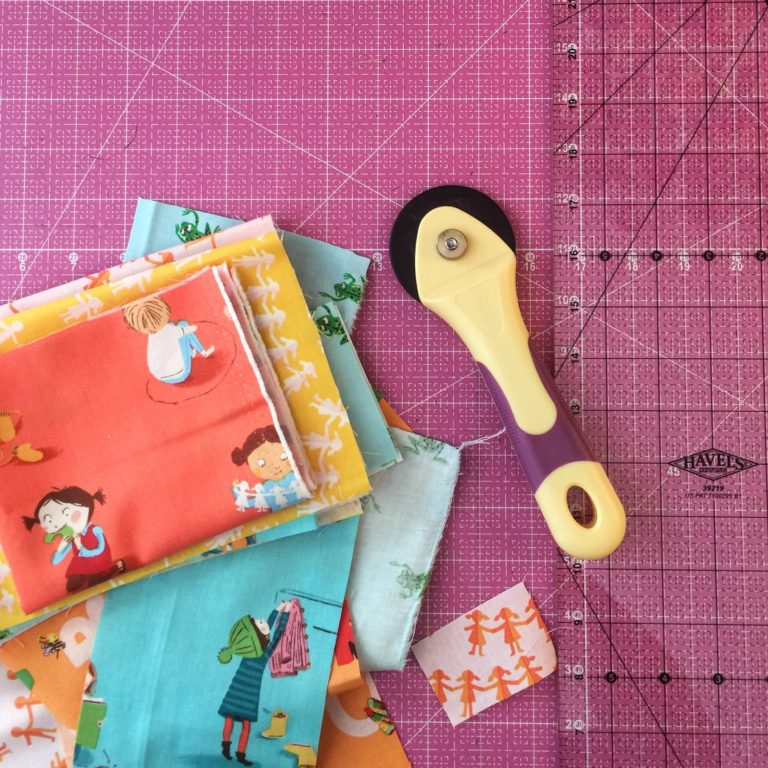
I never make a sewing project without my Havel’s Pink Extra Large cutting mat with my all time favorite 60mm rotary cutter. I love using a bigger rotary cutter because I am impatient and often use it to cut through several layers of fabric. Yep, you read that right it will cut through several layers at once! You can get your own pink mat and rotary cutter for a great price using the code MODERNSEWCIETY7 for $7 off $25 order. You can’t beat Havel’s prices so go check out their store!
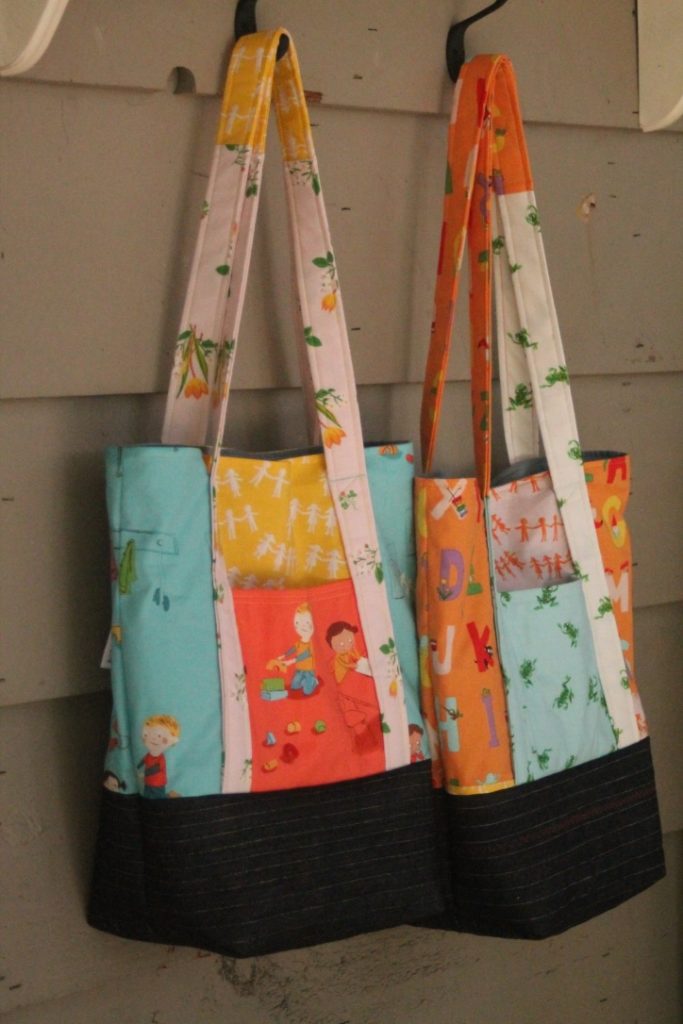
I love making these bags and I think I need one for myself! I hope you make your own and if you do make sure to use #moderndittybag so I can check it out.
All opinions are my own on the products mentioned but supplies were provided by my sponsors to make this project.
#SewBetterWithSulky #BackToSchoolSewing #windhamfabrics #hobbsbatting #havelssewing #janome #modernsewciety #kinderfabrics
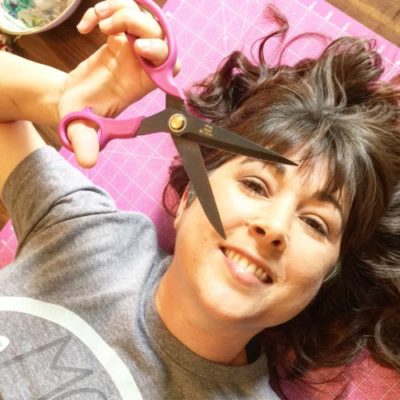
Hi! I am Stephanie, host of the Modern Sewciety podcast. I love to chat with creatives in the sewing industry getting all of the latest trends, tips, and information for you!
